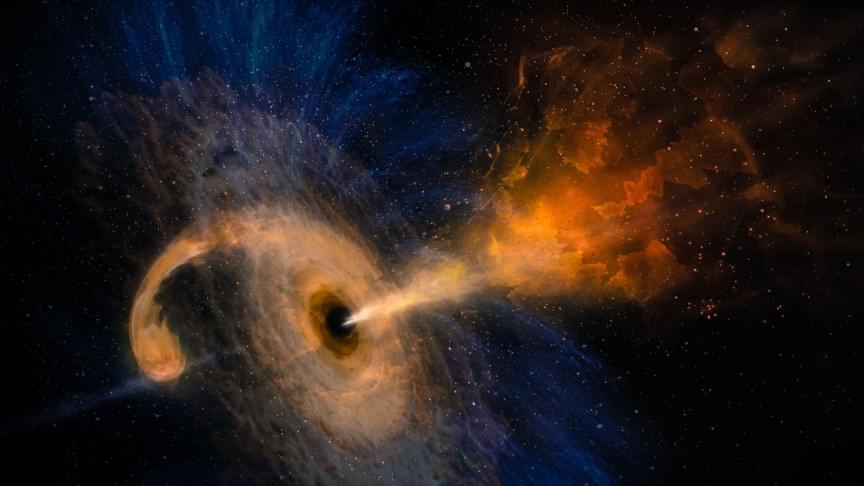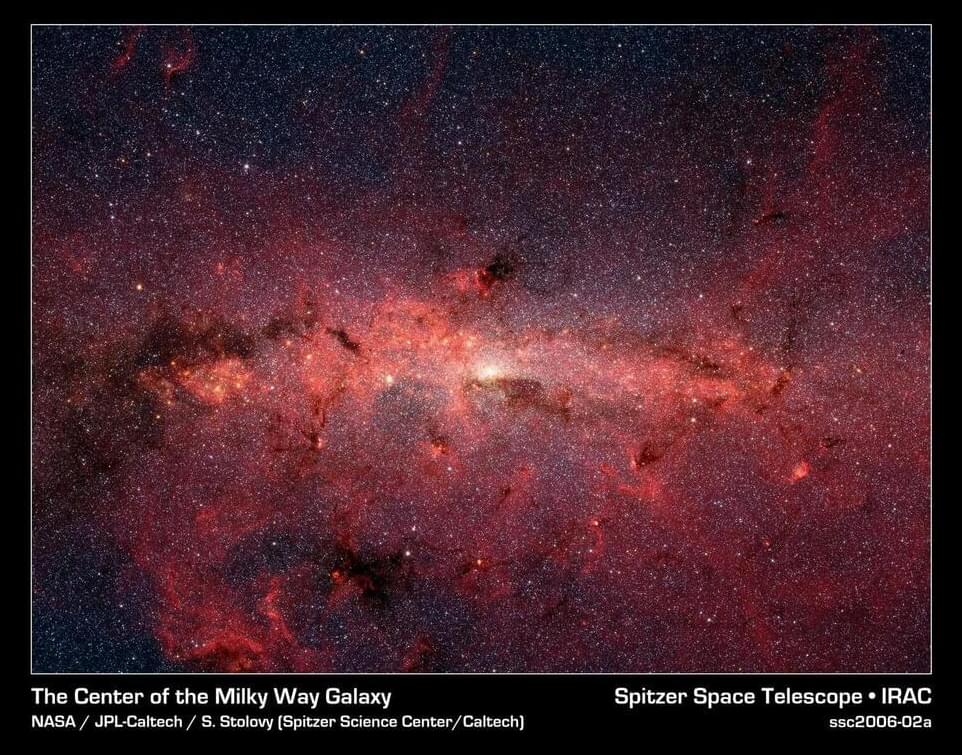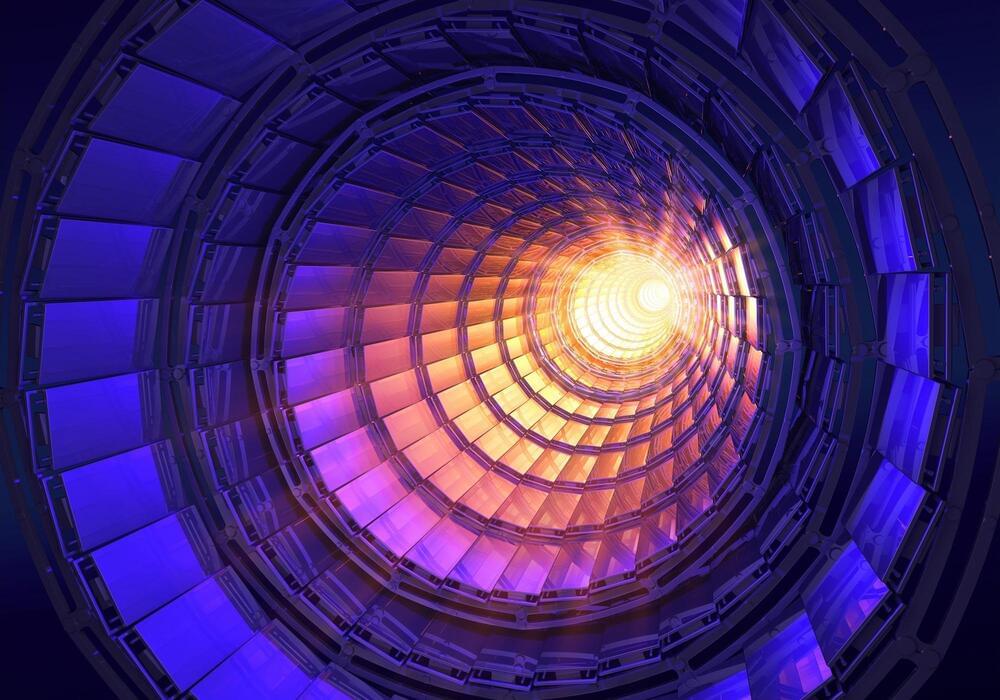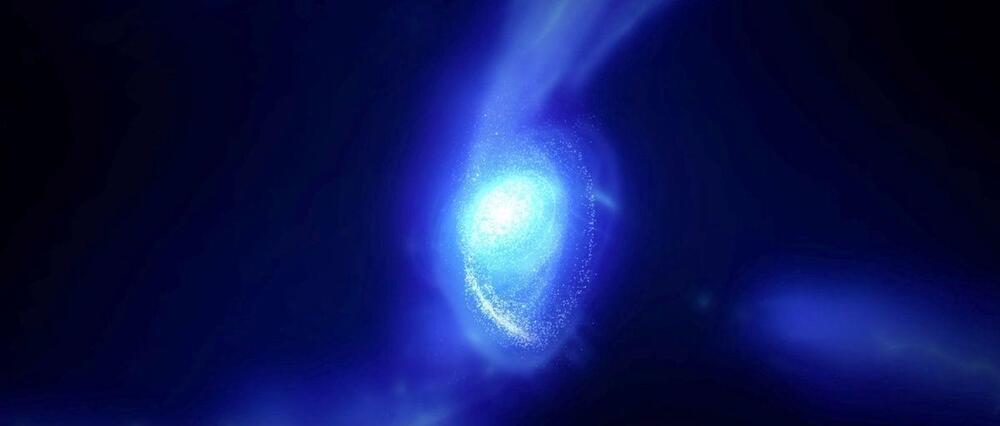
Category: cosmology – Page 284

Weaponizing Black Holes
Start listening with a 30-day Audible trial and your first audiobook plus two Audible Originals are free. Visit.
http://www.audible.com/isaac or text “ISAAC” to 500–500.
Black Holes are often considered the most dangerous objects in the Universe, especially in science fiction, and today we’ll look at how these may be used as weapons in future warfare.
Visit our Website: http://www.isaacarthur.net.
Support us on Patreon: https://www.patreon.com/IsaacArthur.
SFIA Merchandise available: https://www.signil.com/sfia/
Social Media:
Facebook Group: https://www.facebook.com/groups/1583992725237264/
Reddit: https://www.reddit.com/r/IsaacArthur/
Twitter: https://twitter.com/Isaac_A_Arthur on Twitter and RT our future content.
SFIA Discord Server: https://discord.gg/53GAShE
Listen or Download the audio of this episode from Soundcloud: Episode’s Audio-only version: https://soundcloud.com/isaac-arthur-148927746/weaponizing-black-holes.
Episode’s Narration-only version: https://soundcloud.com/isaac-arthur-148927746/weaponizing-bl…ation-only.
Credits:
Weaponizing Black Holes.
Episode 190, Season 5 E24
Written by:

The world’s most sensitive dark matter detector just shared its results
The LUX-ZEPLIN detector searched for elusive WIMP particles for 60 days on its first scientific run. Did it detect dark matter?

Prospecting for interstellar oil
We have developed a new method to look for carbon compounds in space, akin to prospecting for oil on Earth. Our method is published in Monthly Notices of the Royal Astronomical Society.
Between the stars lie vast amounts of interstellar gas and dust, spread thinly throughout our galaxy. The dust can contain compounds of carbon. When it does we call it carbonaceous interstellar dust. This is an important reservoir for the organic material in space. The continual cycle of material between the stars and the gas in the interstellar medium in our galaxy leads to the delivery of organic molecules to newly forming planetary systems.
A special sub-class of organic molecules called prebiotic molecules are thought to play a major role in the formation of life on Earth. Such prebiotic molecules are likely preserved in carbonaceous interstellar dust that are gathered together in planetesimals, in an early stage of planetary formation. The chemical composition in such environments may determine the planet’s hospitality to the formation of life there. Therefore, it is important to understand the life cycle of carbonaceous interstellar dust to study this possibility further.
Wormholes: In Episode 4 we look at the concept of wormholes
How they derive from General Relativity, the various different types and theories, and some under-considered uses of wormholes. We’ll also discuss some myths and misunderstandings of the concept.
Support the Channel on Patreon:
https://www.patreon.com/IsaacArthur.
Listen or Download the audio of this episode from Soundcloud:
https://soundcloud.com/isaac-arthur-148927746/ftl04-wormholes.
Cover Art by Jakub Grygier:
https://www.artstation.com/artist/jakub_grygier.
Matt Visser’s 1989 paper “Traversable wormholes: Some simple examples”:
https://arxiv.org/abs/0809.
Colonizing Black Holes
Visit our sponsor, Brilliant: https://brilliant.org/IsaacArthur/
Black Holes are amongst the most destructive things in the Universe, but it may be that properly utilized, they might be the best places in the galaxy to live around in the future, and possibly right here in our own solar system too.
Check out the Paperclip Maximizer: https://watchnebula.com/isaacarthur.
Visit our Website: http://www.isaacarthur.net.
Support us on Patreon: https://www.patreon.com/IsaacArthur.
SFIA Merchandise available: https://www.signil.com/sfia/
Social Media:
Facebook Group: https://www.facebook.com/groups/1583992725237264/
Reddit: https://www.reddit.com/r/IsaacArthur/
Twitter: https://twitter.com/Isaac_A_Arthur on Twitter and RT our future content.
SFIA Discord Server: https://discord.gg/53GAShE
Listen or Download the audio of this episode from Soundcloud: Episode’s Audio-only version: https://soundcloud.com/isaac-arthur-148927746/colonizing-black-holes.
Episode’s Narration-only version: https://soundcloud.com/isaac-arthur-148927746/colonizing-bla…ation-only.
Credits:
Outward Bound: Colonizng Black Holes.
Episode 187, Season 5 E21
Written by:
Good news, universe! Scientists are one step closer to finally understanding dark matter
Dark matter is made up of axions, elementary particles that are full of suspense.
About 85 percent of our universe is believed to be composed of dark matter, a hypothetical material that does not interact with light. So it neither reflects nor emits nor absorbs any light rays, and therefore, we can not see this unusual form of the matter directly. However, to understand and explain the nature of dark matter, scientists have created various models.
Surprisingly, a new study has ruled out one such popular explanation of the dark matter, called the axion-like particle (ALP) cogenesis model. The exclusion of ALP means that scientists will now have to consider fewer models while conducting dark matter research. This would increase both the speed and accuracy of their research works and bring us one step closer to understanding the most strange phenomenon of the universe. matter is made up of axons. Recently, scientists from the University of Australia decided to exclude a popular model (ALP cogenesis model) that is used to explain the nature of dark matter.

Large Hadron Collider Successfully Restarted at Record Energy: Revving Up the Search for Dark Matter
The Large Hadron Collider detectors started recording high-energy collisions at the unprecedented energy of 13.6 TeV.
The Large Hadron Collider is once again delivering proton collisions to experiments, this time at an unprecedented energy of 13.6 TeV, marking the start of the accelerator’s third run of data taking for physics.
A burst of applause erupted in the CERN.
